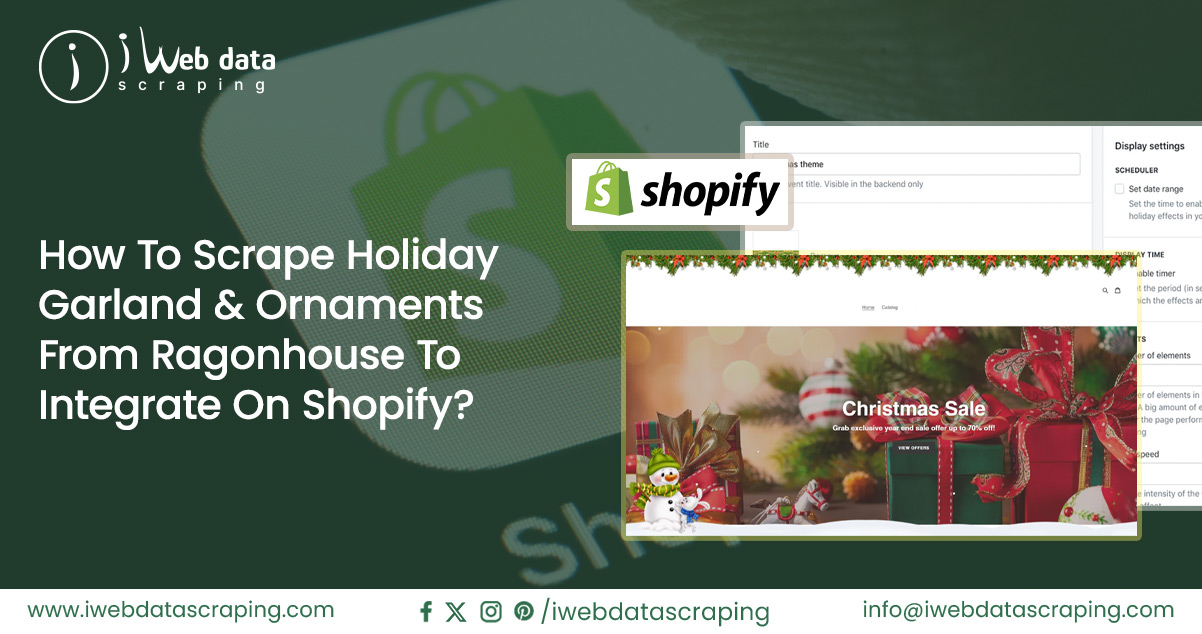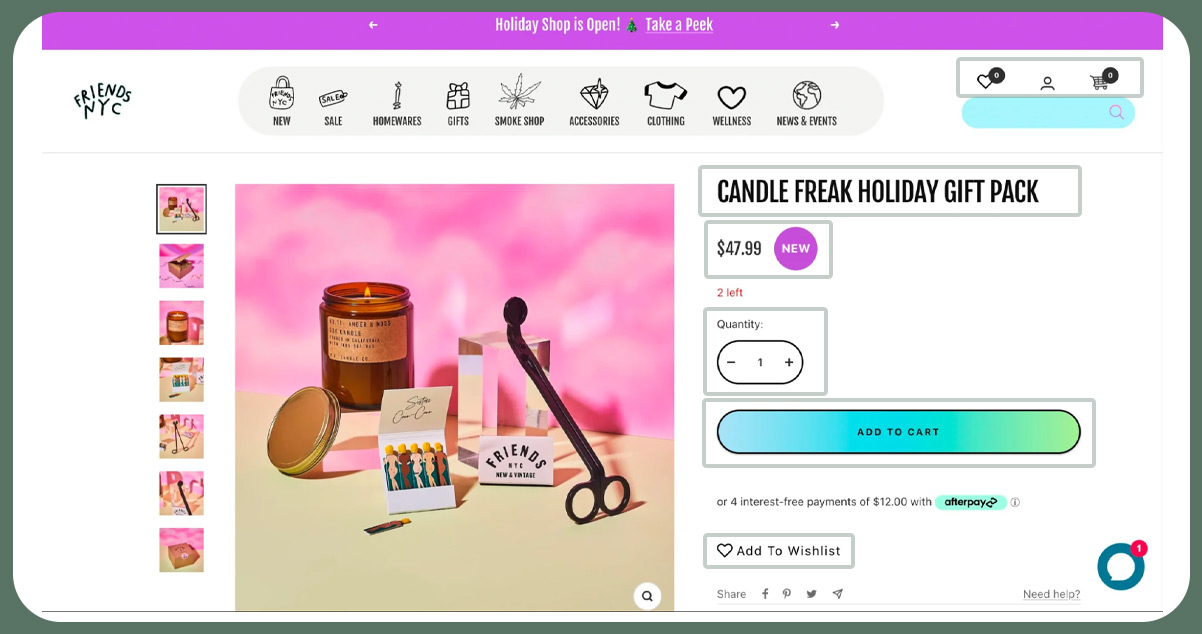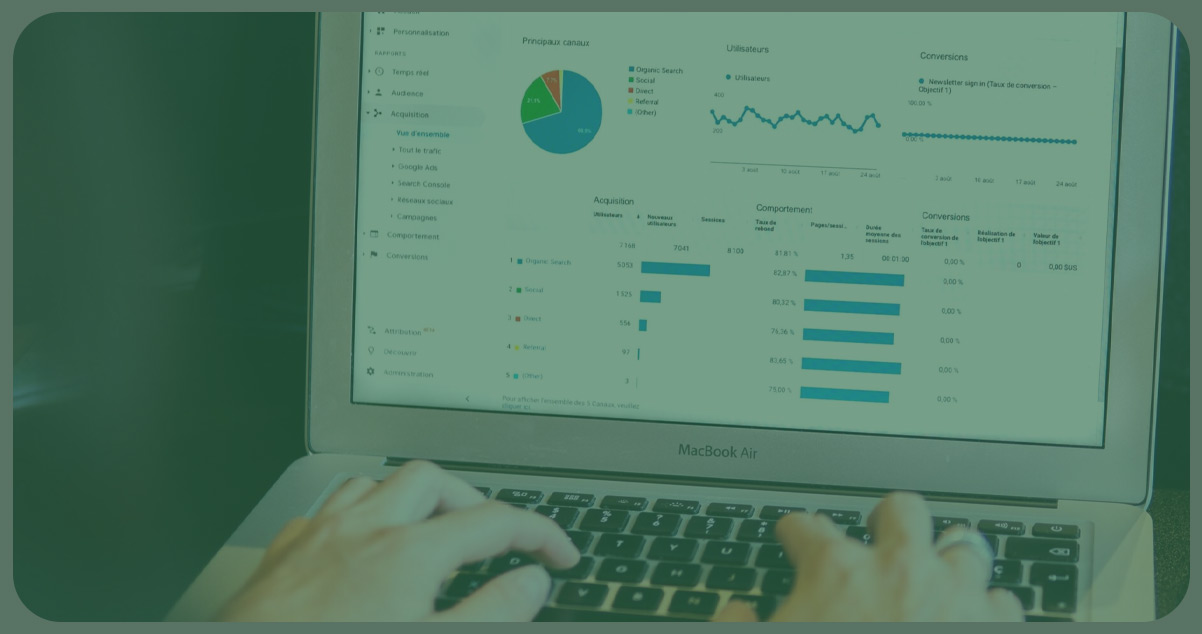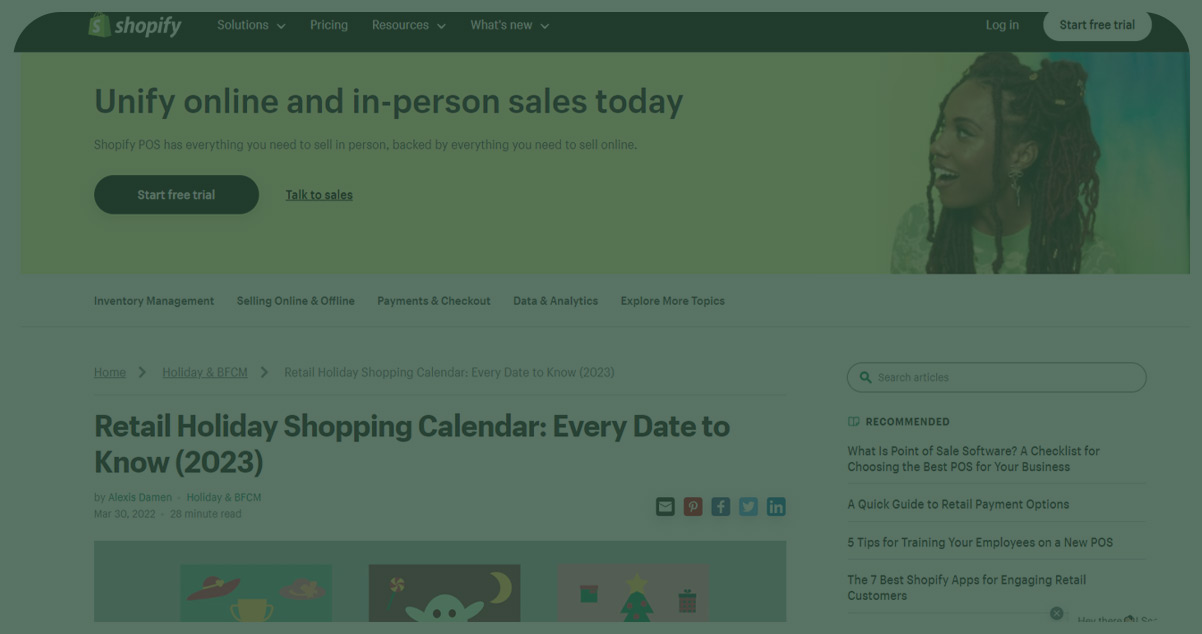
The holiday season radiates unbridled joy and celebration, underscored by the cherished tradition of embellishing living spaces with enchanting garlands and ornaments. For Shopify store proprietors with a passionate desire to curate a captivating array of holiday decorations, this article serves as an indispensable guide. Its purpose is to navigate you through the intricate journey of e-commerce data extraction, explicitly focusing on holiday garlands and ornaments, culminating in the seamless integration of this meticulously curated data into your Shopify store.
In essence, the holiday season is synonymous with the jubilant spirit that permeates every festive occasion. At the core of these celebrations lies the art of adorning homes and spaces with captivating garlands and ornaments. These decorations are not merely aesthetic embellishments; they also evoke a sense of warmth and welcome, encapsulating the essence of the holiday season.
For Shopify store owners, this is an opportunity to enrich the shopping experience of their customers by offering a thoughtfully curated selection of holiday decor. The goal is to ensure that these decorations not only delight the eyes but also touch the heart, contributing to the joy and sentimentality of the season.
Web scraping Ragonhouse data becomes an invaluable tool, allowing the automatic extraction of data related to holiday garlands and ornaments. The specific focus here is the "Holiday/Winter: Garland & Ornaments" category, and the data is retrieved meticulously from the designated URL: https://ragonhouse.com/collections/holiday-winter/garland-ornaments/.
Once this data is available using Shopify scraper, the process seamlessly integrates into your Shopify store. It involves crafting product listings, detailed descriptions, and pricing strategies to create a shopping experience that exudes the season's spirit. The result is a Shopify store that offers a delightful array of holiday decor, where customers can explore and acquire the perfect adornments to infuse their holiday celebrations with joy and charm.


Scraping data from Ragonhouse, or any e-commerce website, can be beneficial for several reasons:

Before you start scraping, it's crucial to get to know the website you intend to extract data from. In this case, we focus on the "Holiday/Winter: Garland & Ornaments" category on Ragonhouse's website. Visit the target URL using your web browser to gain a deep understanding of the website's structure. This step involves:
Inspecting Elements: Use your browser's developer tools to inspect the HTML structure of the webpage. It allows you to identify specific HTML elements that contain the data you want to scrape. For instance, you may be interested in product names, prices, descriptions, or images.
Identifying Patterns: When you scrape holiday garland & ornaments from Ragonhouse, note any consistent patterns in the HTML structure. Websites often organize data in a structured manner. Identifying these patterns will make it easier to extract the information you need.
To begin web scraping, you'll need the right tools:
Python: Python is a versatile programming language with powerful libraries for web scraping. It's a popular choice due to its simplicity and a wide range of available packages.
Requests: The Requests library in Python is essential for making HTTP requests to the target website. You'll use it to fetch the HTML content of the pages you want to scrape.
Beautiful Soup: Beautiful Soup is a Python library that facilitates the parsing of HTML documents. It helps you navigate the HTML structure, locate specific elements, and extract data.
Now, it's time to create a Python script that will interact with the website and extract the desired data. This script consists of several key components:
Defining the URL: Define the webpage URL you want to scrape. In this case, it's the URL of Ragonhouse's "Holiday/Winter: Garland & Ornaments" category.
Sending HTTP Request: Use the Requests library to send an HTTP GET request to the defined URL. This request fetches the HTML content of the webpage.
Handling Responses: Check the HTTP response status code to ensure the request was successful. If successful, you can proceed to parse the HTML content.
Inside your scraping script, you must specify which HTML elements you want to extract data from. It is where Beautiful Soup comes into play. You can systematically locate and extract information such as:
Product Names: Use Beautiful Soup to find and retrieve product names from the HTML structure.
Prices: Similar to product names, locate and extract price information from the HTML.
Descriptions: If product descriptions are available, use Beautiful Soup to access and store this content.
Images: Extract image URLs to include product images in your dataset.
After successful data extraction, the next phase involves integrating it into your Shopify store. Shopify offers several methods for doing this:
Shopify APIs: Shopify provides APIs that allow you to interact with your store programmatically. You can use these APIs to create product listings, update prices and descriptions, and add images to your store automatically.
Third-Party Tools: Many third-party tools and apps are available to facilitate bulk product imports from external data sources. These tools help streamline the integration process and save you time.
By following these steps meticulously, you can create an e-commerce scraper to collect data from the "Holiday/Winter: Garland & Ornaments" category on Ragonhouse and effectively incorporate this data into your Shopify store, enriching your offerings and enhancing your customers' shopping experience.
Please don't hesitate to contact iWeb Data Scraping for in-depth information! Whether you seek web scraping service and mobile app data scraping, we are here to help you. Contact us today to discuss your needs and see how our data scraping solutions can offer you efficiency and dependability.